Consejos
Consejos sobre cómo personalizar tu equipo para una mejor experiencia de juego
¿Listo para llevar tus sesiones de juego móvil al siguiente nivel? Descubre consejos de expertos para personalizar tu equipo de juego y disfrutar de máxima comodidad, mejores controles, sonido táctico y sesiones más largas. ¡Mejora tu juego ahora!
Anuncios
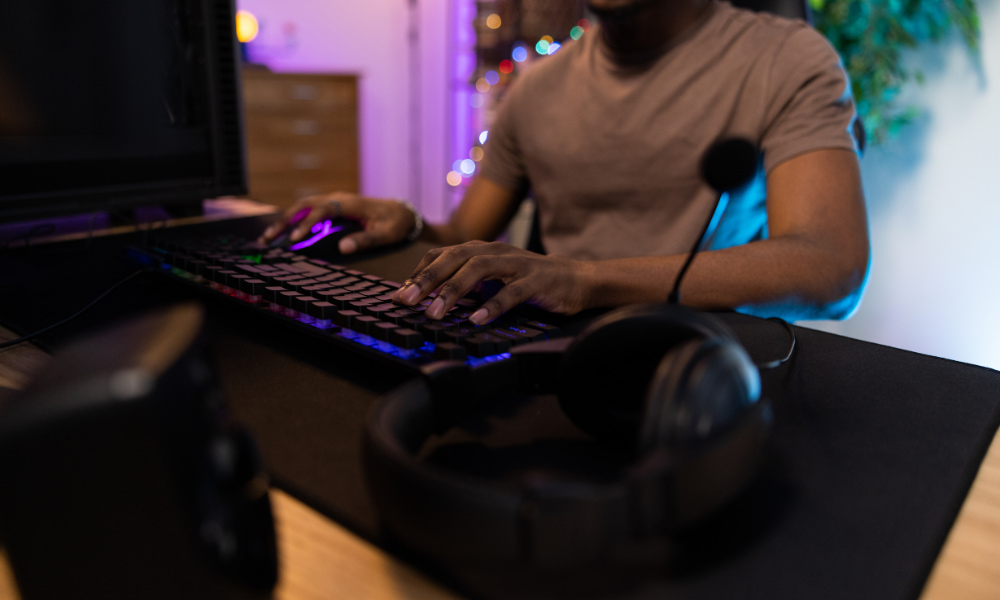
Ajustar tu configuración de juego puede transformar una sesión típica en una aventura inmersiva y con gran capacidad de respuesta. Con pequeños ajustes, los jugadores que personalizan su equipo de juego notan cambios notables en la precisión y el disfrute. Cada ajuste tiene el potencial de mejorar la experiencia de juego.
Tomar en serio las opciones de mejora implica mucho más que puntos de estilo. En el mundo de los juegos móviles, las personalizaciones inteligentes ofrecen beneficios prácticos: reflejos más rápidos, menos fatiga y una ventaja personalizada contra oponentes impredecibles. El verdadero rendimiento reside en saber qué detalles son los más importantes.
Esta guía cubre las estrategias esenciales, las listas de verificación diarias y ejemplos reales que puedes probar hoy mismo. Si estás listo para personalizar tu equipo de juego y ver una mejora significativa, sigue leyendo para obtener consejos prácticos y paso a paso que puedes aplicar de inmediato.
Ajuste la sensibilidad y respuesta del dispositivo para un control instantáneo
Ajustar la sensibilidad de tu dispositivo garantiza que cada deslizamiento y toque se traduzca al instante. Los jugadores que personalizan su equipo a su propio estilo responden más rápido y cometen menos errores, preparándose para una acción fluida.
Empieza con la configuración predeterminada y experimenta gradualmente hasta encontrar la ideal. Adaptar la sensibilidad al movimiento y la respuesta táctil puede resultar en controles más ágiles, especialmente en juegos de ritmo rápido donde cada fracción de segundo es crucial.
Ajuste de la latencia táctil y de pulsación
Desliza el dedo por la pantalla y observa si hay retrasos o fallos de disparo. Si los toques tardan en registrarse o no se detectan, busca la configuración de sensibilidad de tu sistema y ajústala. Busca las funciones de "toque mejorado" disponibles en algunos teléfonos para juegos.
Los jugadores dicen: «Cuando aumento la sensibilidad dos niveles, mis combos finalmente funcionan». El cambio parece sutil al principio, pero tras unas cuantas rondas de práctica, la memoria muscular se adapta rápidamente, lo que resulta en comandos más fluidos.
Para tiradores móviles, pruebe con una sensibilidad baja para una puntería estable o con una sensibilidad más alta para reacciones rápidas al girar. Pruebe en una sesión de entrenamiento, variando los valores después de cada ronda. Mantenga la configuración que le resulte más natural durante largos periodos.
Creación de perfiles rápidos para diferentes géneros
En lugar de ajustar la configuración en cada partida, la mayoría de las plataformas de juegos móviles admiten perfiles. Asigna una configuración táctil personalizada para carreras, otra para combates y cambia con un toque antes de cada partida.
Ahorra tiempo nombrando estos perfiles claramente: "FPS rápido" o "RPG de precisión". Al cambiar de un juego de carreras a un RPG táctico, carga tu perfil y siente al instante la diferencia en el control.
Tener perfiles separados significa que siempre empiezas con equipo perfectamente adaptado a las exigencias de cada género. Este hábito te permite maximizar tu capacidad de personalizar el equipo de juego sin tediosos ajustes previos al juego.
| Configuración | Valor predeterminado | Ajuste de género | Consejos prácticos |
|---|---|---|---|
| Sensibilidad táctil | Medio | Carreras | Aumente en 2 pasos para una respuesta de dirección más rápida |
| Latencia del toque | Estándar | Tirador | Reduce la latencia al mínimo para comandos de disparo rápido |
| Velocidad del giroscopio | Normal | Acción/Aventura | Ajuste hasta que las rotaciones coincidan con las señales en pantalla |
| Cambio de perfil | Manual | Estrategia | Configurar el cambio automático al modo de estrategia antes de los partidos |
| Retroalimentación de vibración | Medio | Juego de rol | Disminuye la intensidad si interrumpe combos o diálogos. |
Configuración de controles personalizados para mayor comodidad y eficiencia
Mapear los controles proporciona comodidad ergonómica inmediata y mejora los tiempos de reacción. Quienes personalizan la distribución de sus dispositivos de juego pueden minimizar el desplazamiento de los dedos, lo que mejora directamente la precisión y la velocidad en las pantallas táctiles.
Cada título te permite reorganizar la posición y el tamaño de los botones en pantalla. Tómate un minuto para visualizar dónde te mueves instintivamente durante el juego intenso y ajusta los controles para un movimiento relajado y natural.
Optimización de los controles de los juegos de disparos móviles
Mueve los botones de apuntar, disparar, saltar y agacharte para que se agrupen cerca de las posiciones de descanso de los pulgares. La frase para recordar: "Dispara a la izquierda, salta a la derecha". Esta disposición acorta los arcos de movimiento y te permite ejecutar movimientos compuestos con fluidez.
Configurar un botón de "granada rápida" al alcance del pulgar elimina el retraso en momentos de tensión. Sentirás menos estrés y más ritmo en tus acciones cuando cada movimiento de tecla esté justo donde lo esperas.
- Mueva los controles de fuego a una distancia cómoda para el pulgar para evitar estirarlos en los tiroteos.
- Cambie el tamaño de los íconos de saltar/agacharse para lograr mayor precisión: pequeños para tocar, grandes para deslizar.
- Agrupe las recolecciones y recargas de elementos para acelerar la realización de múltiples tareas.
- Configure un botón de “pánico” para escapar rápidamente de ángulos incómodos.
- Cree una superposición personalizada para los vehículos (si corresponde) para reducir la confusión.
Los controles optimizados te permiten reaccionar con calma, incluso bajo presión. Prueba a usar la frase "golpes cortos, no golpes fuertes" para reforzar la precisión de la entrada en la memoria muscular.
Diseños de control de edificios para juegos de rol
En los RPGs con historia, amplía los diálogos y los botones de acción para que no pierdas la inmersión al no tocarlos. Coloca el icono de apertura del inventario en la esquina superior (ya que no se necesita con prisa) y mantén los comandos principales a mano.
Un jugador comenta: «Una vez que personalicé la tecla de acceso rápido de la poción para que estuviera abajo a la derecha, dejé de entrar en pánico cuando mi salud bajaba». Estas reglas de diseño específicas mantienen las reacciones intuitivas, incluso durante las batallas contra jefes más desafiantes.
- Coloca los botones de habilidad/magia lejos de los controles de movimiento para evitar lanzamientos accidentales.
- Codifique por colores las áreas de acción para que coincidan con los tipos de comando: azul para interactuar, rojo para ataques.
- Utilice diseños que contengan solo íconos cuando las pantallas del dispositivo se sientan desordenadas.
- Configure un tamaño de joystick personalizado, que coincida con el arco natural de su pulgar.
- Guarde diseños alternativos para desafíos de rompecabezas o segmentos de exploración.
Los diseños inteligentes hacen que los juegos complejos parezcan sencillos. Recuerda la frase: "Coloco lo que más uso donde aterrizo el pulgar". Es un cambio sutil, pero se mantiene al jugar repetidamente.
Mejora de la salida de audio para una mayor conciencia táctica
Mejorar la configuración de sonido te permite alcanzar nuevos niveles de percepción del juego. Un jugador móvil que personaliza su equipo con mejores auriculares o un ecualizador ajustado puede captar pasos o señales sutiles, obteniendo una ventaja táctica en repetidas ocasiones.
Dedicar un poco de tiempo a configurar el audio no requiere equipo adicional: solo atención concentrada en las mezclas del juego y la voluntad de experimentar con cambios tangibles y observables en la claridad y el detalle.
Maximizar el rendimiento con aplicaciones de sonido envolvente
Instala un emulador de sonido envolvente recomendado en tu dispositivo y actívalo antes de cargar partidas de alto riesgo. La frase: «Escuchar la división izquierda-derecha hace que acercarse sigilosamente a los enemigos sea automático». Te vuelves más consciente del espacio en segundos.
Recalibra tu ecualizador para favorecer las señales de frecuencia media y alta. Luego, realiza una prueba y presta atención a qué sonidos te ayudan más: pasos, objetos que se caen o detalles del entorno. Ajusta de nuevo según tus necesidades.
Usar la frase "modo auriculares activado, enfoque activado" refuerza el hecho de que estás entrando en modo alerta. Un hábito como este entrena tu oído para señales más silenciosas y te prepara para momentos de reacción más agudos.
Reducción del retraso de audio con conexiones por cable
Si usas auriculares Bluetooth, revisa la configuración de audio de tu dispositivo para ver si está en modo de juego o con baja latencia. De lo contrario, usa auriculares con cable cuando la precisión sea importante, especialmente para juegos competitivos o de mesa en línea.
Activar o cambiar de modo antes de las partidas de clasificación demuestra compromiso con la claridad. Los usuarios suelen comentar: «Al cambiar a la conexión por cable, al instante volví a sentir la precisión en los tiempos». La latencia disminuye y todos los sutiles detalles del fondo encajan a la perfección.
Dar este paso extra garantiza que, cuando la situación suba, no te sabotee el retraso de las señales. Intenta decir: «Conectado significa ganar» como recordatorio antes de cada sesión clasificatoria.
Cómo elegir los agarres y soportes adecuados para mayor comodidad
Optimizar el agarre y la estabilidad del dispositivo te permitirá jugar durante más tiempo y reducir la fatiga. Los jugadores que personalizan su equipo de juego con accesorios ergonómicos mantienen la comodidad, la concentración e incluso la precisión, algo crucial para sesiones intensas con dispositivos móviles y tabletas.
Seleccionar el equipo según el tamaño de la mano, el estilo de juego preferido y la duración del juego fomenta la resistencia. Las manos no se acalambrarán y podrás mantener una alta concentración durante una carrera de alta puntuación o un evento competitivo.
Experimentando con empuñaduras de clip para títulos de acción
Las empuñaduras con clip se acoplan a los teléfonos móviles, ofreciendo la sensación de un mando en miniatura. Esta opción es popular entre los aficionados a los juegos de disparos, ya que permite a los jugadores mantener las muñecas relajadas y una puntería estable durante sesiones maratonianas.
Consejo: "Ajusta el ángulo de agarre para que coincida con la posición de mi brazo al sentarme erguido". Esto imita la ergonomía de una consola doméstica y fomenta la calma y la resistencia. Los usuarios notan la diferencia después de una sola sesión de juego.
Reemplace la empuñadura cada pocos meses o pruebe diferentes modelos para evitar que se resbale con el sudor de las palmas. Sustitúyala por objetos domésticos habituales, como un lápiz o un control remoto, para hacer pruebas rápidas antes de comprar.
Cómo montar tabletas de forma segura para títulos de estrategia
Coloca tu tableta en un soporte a la altura de los ojos y a una distancia cómoda de tus brazos. Un soporte firme mantiene la pantalla estable para pulsaciones rápidas, lo que facilita a los aficionados a los juegos de estrategia en tiempo real ejecutar comandos rápidos.
Usar una montura demuestra que te tomas la estrategia en serio. La recomendación es "mantener ambos codos sobre la mesa y las muñecas neutras", lo que reduce la tensión y los errores. Las revisiones rutinarias antes de los partidos previenen resbalones o desconexiones accidentales.
Si el reflejo de la pantalla interrumpe el enfoque, reposicione la montura o use un protector de pantalla mate. Repita el mantra «Base estable, movimientos firmes» antes de cada partido para reforzar los hábitos de configuración.
Optimización del rendimiento de la batería para sesiones largas
Gestionar la duración de la batería garantiza que tus personalizaciones destaquen en cada partida. Ajustar la configuración o añadir accesorios mantiene la fluidez del juego y te permite personalizar tu equipo para que sea más consistente, sin interrupciones forzadas ni lag por baja batería.
Sigue estos pasos: comprueba el estado de la batería, reduce el uso de aplicaciones en segundo plano y activa los modos de ahorro de energía antes de iniciar un juego. Si es necesario, añade una batería externa para torneos o sesiones largas de estrategia.
Reducir el brillo de la pantalla con prudencia
Reduce el brillo de la pantalla con luz moderada para ahorrar energía, pero mantenlo lo suficientemente alto para disfrutar de imágenes nítidas. El enfoque: "Reducir un 30 % antes de cada sesión". La vista se mantiene cómoda y el juego no se resiente.
Configura un brillo medio una vez y luego cámbialo rara vez, a menos que juegues al aire libre. Este truco prolonga la batería varias horas y funciona especialmente bien en juegos de mundo abierto, donde jugar durante largos periodos es la norma.
Cómo desactivar aplicaciones en segundo plano para liberar energía
Desliza el dedo para eliminar las aplicaciones que no uses o fuerza su cierre en la configuración del sistema antes de empezar. Tu frase: "Sin distracciones, a toda potencia jugando". El dispositivo se mantiene bajo, lo que permite que tus controles respondan rápidamente en cada partida.
Si mantienes esta práctica, la RAM y la velocidad del procesador estarán dedicadas a tu partida: el rendimiento del juego se mantendrá fluido incluso al personalizar el equipo de juego para títulos complejos de alta resolución.
Integración de accesorios de apoyo para estilos de juego únicos
Los accesorios te permiten experimentar con diseños y adaptarlos a estrategias específicas del juego. Personalizar el equipo de juego con botones externos, gatillos o ventiladores amplía las posibilidades, incluso en un dispositivo básico.
Prueba primero los accesorios en niveles no competitivos, observando los cambios de velocidad o resistencia. Elige los que mejor se adapten a tu estilo de agarre, género o incluso a las peculiaridades del avatar que quieras reflejar en el juego real.
Accesorios de muestra y tabla de casos de uso
| Accesorio | Mejor tipo de juego | Beneficio tangible | Prueba rápida |
|---|---|---|---|
| Gatillos de clip | Shooter/FPS | Permite disparar/saltar con múltiples toques | Corre y dispara simultáneamente en el modo de práctica |
| Lupa de pantalla | Estrategia/RPG | Amplía el tablero o el texto | Leer el diálogo sin escalar la interfaz de usuario |
| Caja del ventilador de refrigeración | Acción/Mundo abierto | Reduce el calor y la fatiga del dispositivo. | Juega una sesión de 60 minutos y comprueba tu nivel de comodidad. |
| Paquete de batería externa | Cualquier sesión de maratón | Previene caídas de potencia/apagado automático | Seguimiento del porcentaje de batería después de un juego prolongado |
| Controlador Bluetooth | Plataforma/Arcade | Entrada/precisión estilo consola | Batir récords de tiempo en niveles basados en movimiento |
Desarrollar una rutina personal para adaptar el equipo a nuevos juegos
Desarrollar un proceso regular te ayuda a maximizar cada opción de personalización. Reserva cinco minutos antes de cada nueva partida para estudiar la configuración, personalizar los perfiles del equipo de juego y registrar lo que mejor te funcione.
Este enfoque deliberado enseña a los jugadores a detectar patrones, como preferir controles de alta sensibilidad para juegos de acción y luego cambiar a diseños de precisión para títulos de estrategia o rompecabezas para dispositivos móviles.
Lista de verificación para una personalización rápida
- Activa la creación de perfiles con nombres distintivos para cambiar rápidamente entre juegos y géneros.
- Registre la sensibilidad preferida y los diseños de control en un bloc de notas físico o digital para acceder fácilmente.
- Ajuste los perfiles de audio para cada sesión: los juegos de historia se benefician de la claridad del diálogo, los juegos de disparos necesitan señales direccionales pronunciadas.
- Instale y pruebe los accesorios uno a la vez; evite cambiar más de una variable por coincidencia para realizar comparaciones precisas.
- Revisa juegos antiguos mensualmente con nuevas personalizaciones para mantener las configuraciones actualizadas, expandibles y relevantes a medida que tus habilidades evolucionan.
Cuanto más documentes, más rápido detectarás tendencias que hagan que tu juego sea realmente más divertido y efectivo.
Conclusión: Cómo potenciar su configuración única para obtener victorias futuras
Personalizar tu equipo de gaming móvil es un proceso de mejora continua y tangible. Cada cambio, desde los controles hasta el audio, los accesorios y la gestión de energía, se traduce en resultados reales que notarás en comodidad, resistencia y disfrute durante tus sesiones de juego.
Personalizar el equipo de juego es la base de una estrategia para un progreso genuino. Al experimentar, documentar y crear rutinas con un propósito definido, los jugadores se mantienen a la vanguardia y mantienen una ventaja en cualquier juego, género o desafío.
A medida que adaptas tu equipo a tu cambiante estilo de juego, desarrollas hábitos que maximizan tanto el rendimiento como la diversión. Sigue innovando, revisando y renovando tu equipo para que cada sesión sea la mejor posible y sigue elevando tus propios estándares de lo que es posible.
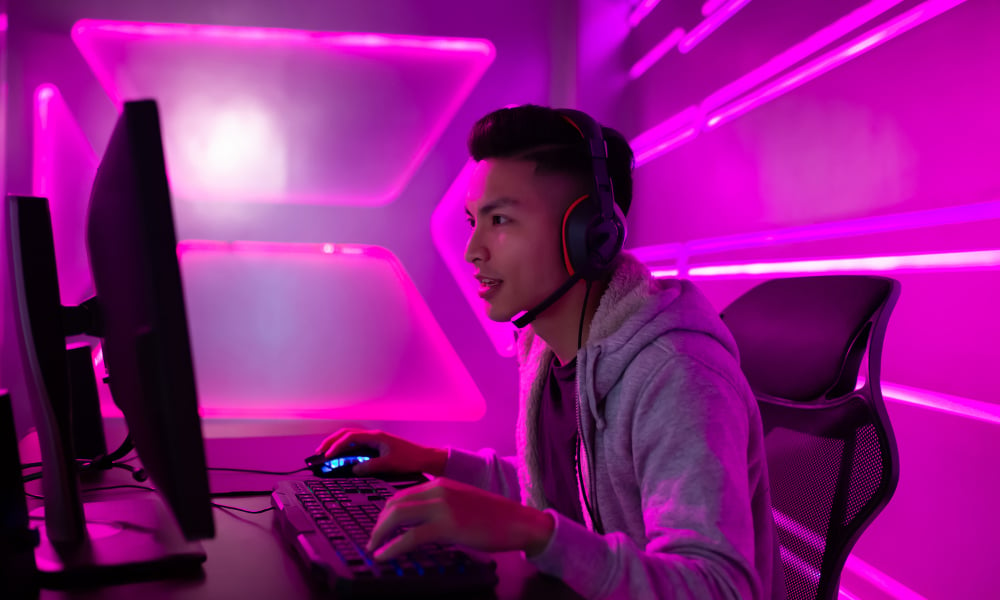
Consejos para elegir el mejor juego de mundo abierto para ti
Encuentra el juego de mundo abierto perfecto para tu estilo de juego con consejos sobre exploración, sistemas de progresión, accesibilidad y funciones inmersivas para juegos móviles.
Tendencias

Cómo los juegos móviles se están apoderando del mercado global
El mercado de los juegos móviles está creciendo rápidamente y se adapta a los estilos de vida modernos con experiencias rápidas y atractivas para jugadores de todo el mundo.
Continúe Leyendo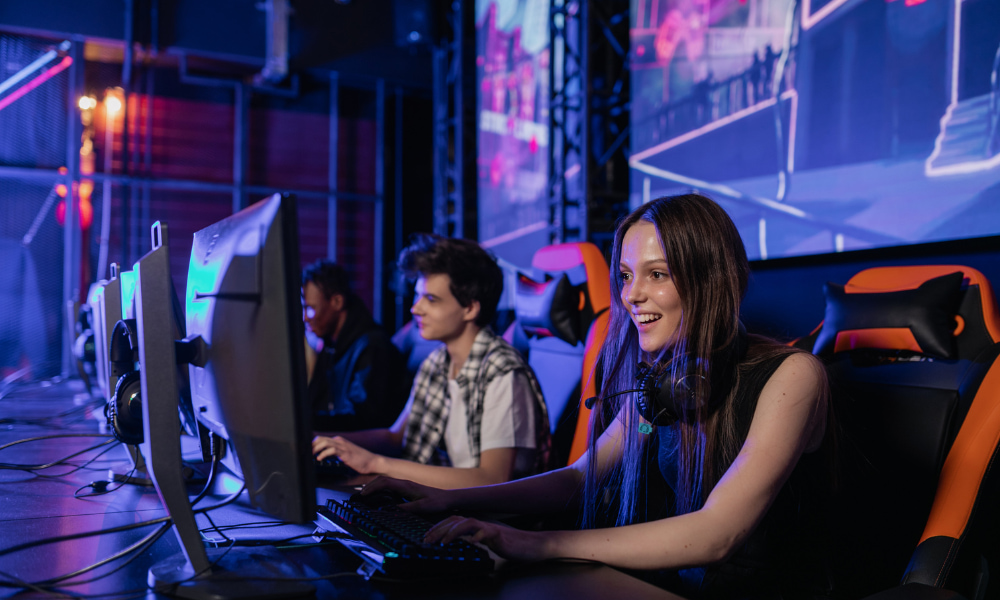
Mujeres en los eSports: desafíos y logros destacados
Las mujeres en los eSports están teniendo un impacto innegable, desafiando los estereotipos y dando forma al futuro de los juegos móviles con habilidad, estrategia y liderazgo.
Continúe Leyendo
La mejor experiencia de RPG en dispositivos móviles: juegos que debes probar
¡Explora mundos inmersivos con RPGs para móviles! Elige tu estilo, diseña tu estrategia y aprovecha cada decisión para crear la aventura perfecta.
Continúe LeyendoTambién te puede interesar
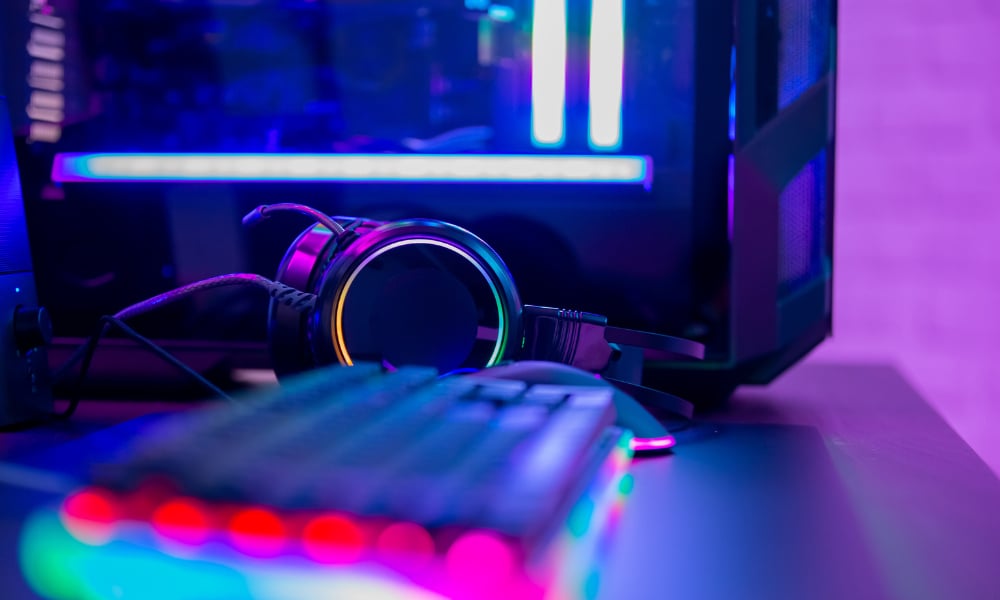
La guía definitiva para iniciar una carrera en los eSports
Desarrollar una carrera en los eSports requiere establecer prioridades claras, perfeccionar habilidades y comprometerse con la comunidad para lograr el éxito a largo plazo.
Continúe Leyendo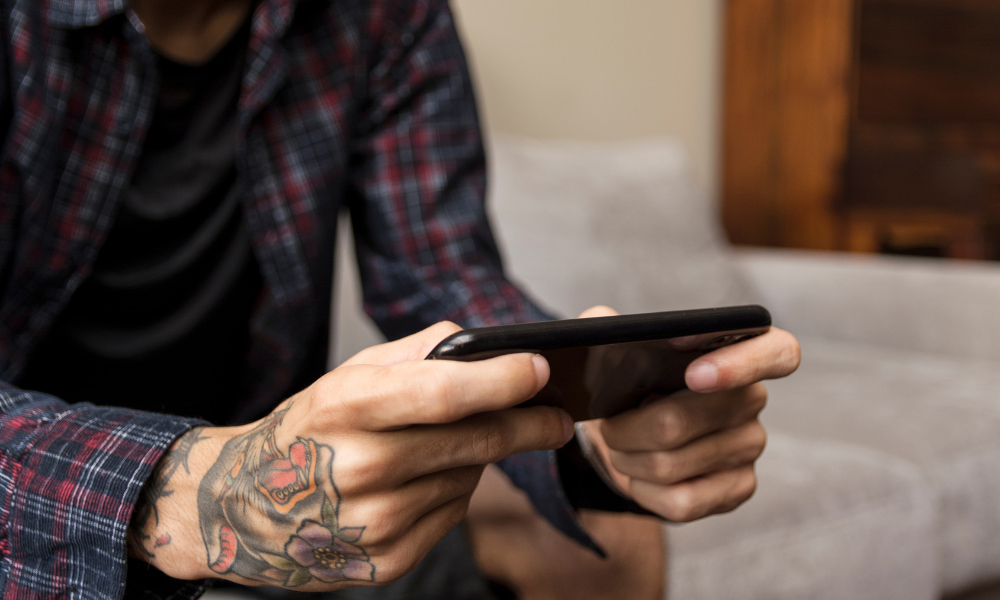
Cómo optimizar el rendimiento de tus juegos móviles en Android e iOS
Optimice su dispositivo para disfrutar de juegos móviles más fluidos y rápidos con estos simples ajustes: reducir gráficos, administrar la batería y controlar las notificaciones.
Continúe Leyendo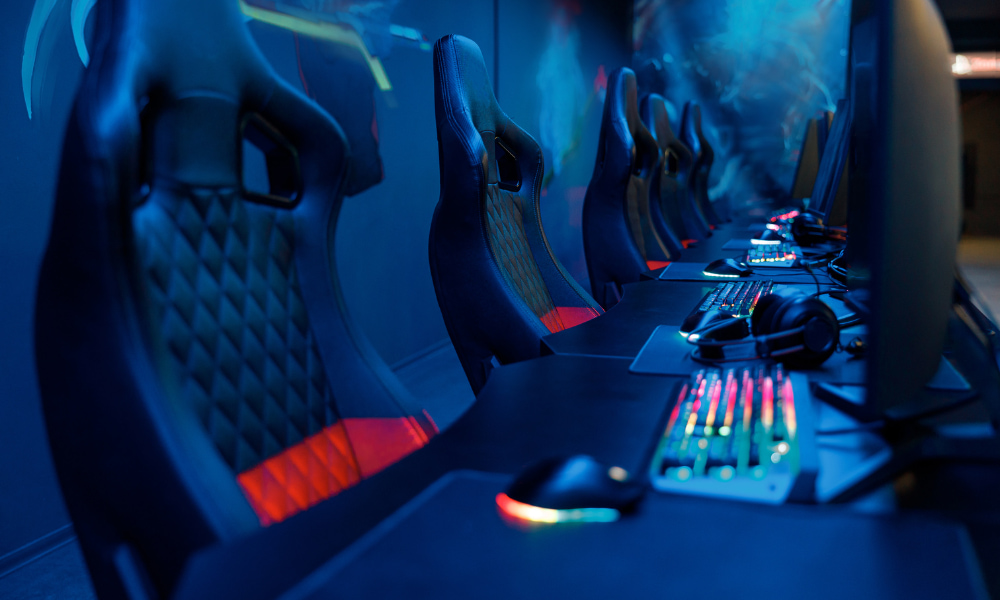
Cómo los eSports están cambiando el mercado publicitario global
La publicidad de eSports evoluciona con campañas interactivas, recompensas en el juego y asociaciones auténticas con streamers que involucran a jugadores de todo el mundo.
Continúe Leyendo